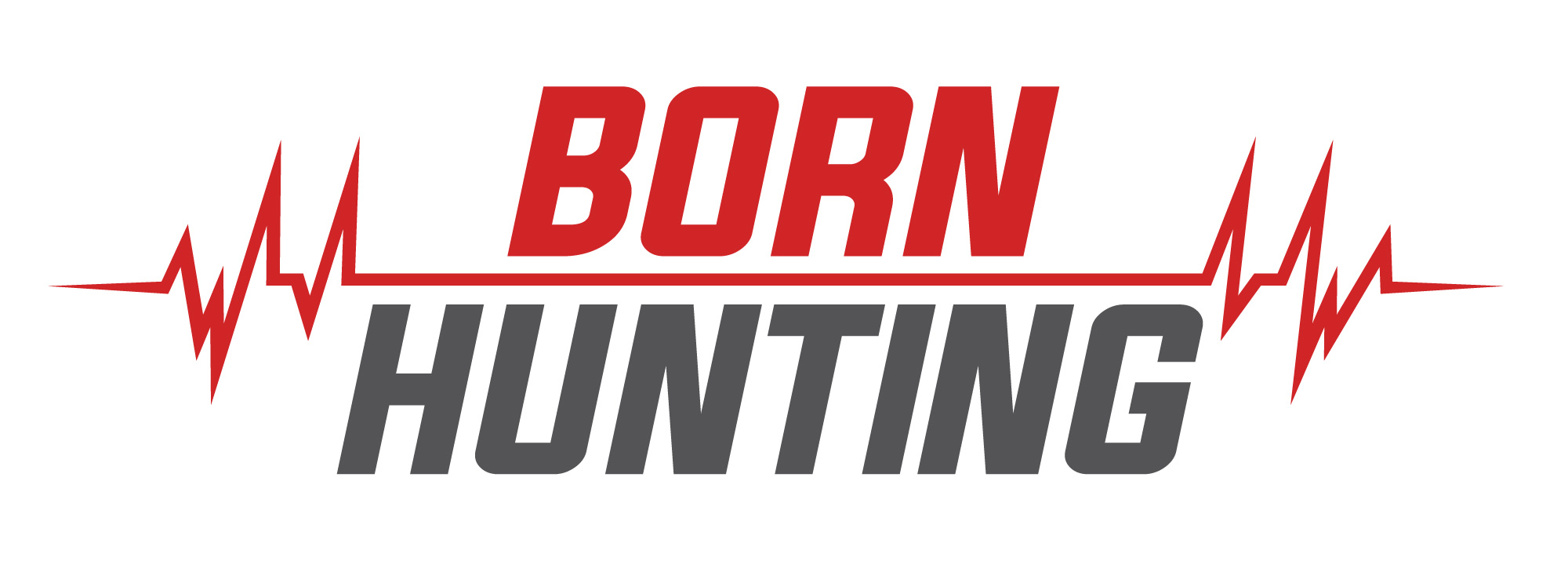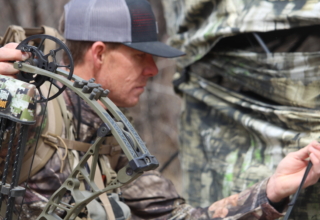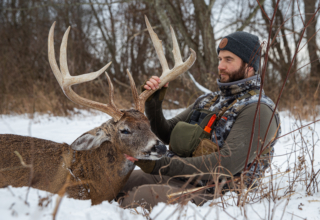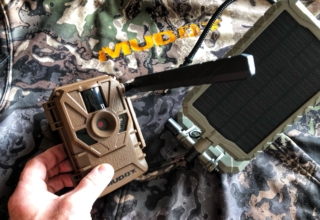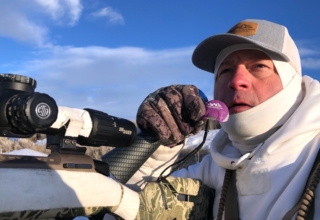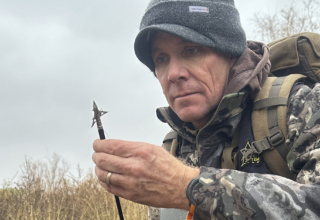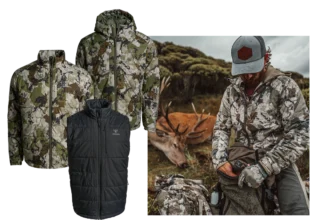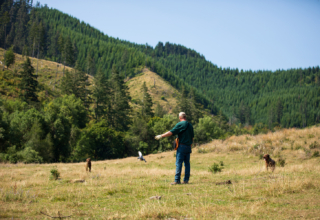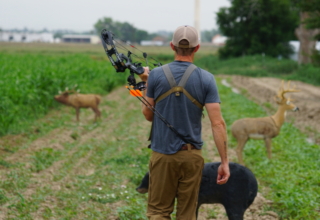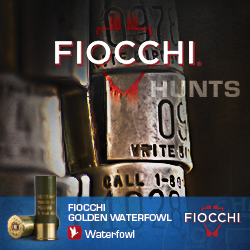One of the best ways to boost your chance of encountering a shooter buck is to have lots of food on your deer dirt. However, plant too much food that matures simultaneously, and you give Mr. Big too many options. Here’s what you need to know about food plot planting and how to make deer groceries work for you.
by Mark Kayser
Many of you are smack in the middle of handiwork for food plot planting, and some of you are waiting until later in the summer or even early fall to establish plots.
Regardless, many factors fall upon you as you consider this laborious and expensive wildlife-attracting act.
As you purchase seeds, fertilizer, and fuel to feed the food plot vision, consider your decisions — the good, bad, and ugly. You want to give animals an attractive garden but do not want to over or under-perform. Begin with the good and whether more is best.
The Good
More is better regarding food in and around your hunting property. Some of you have a helping hand in the fact that surrounding agriculture delivers an additional dose of nutrition that fulfills summer and early fall wildlife food goals and helps feed the nation. Refrain from getting lackadaisical, though, if Farmer Fred appears to do all the feeding for you. Farming commodities leave as soon as they mature. With the clean farming norm today, there is little left to glean for God’s creatures. That is where you come in. Have a buffet ready and provide as much food as possible when crops get harvested.

For starters, plan for food throughout fall and winter, especially if you design your plots with varieties of crops that mature at different times throughout the growing season. This creates food sources that deer can utilize throughout the year, even during winter, while using species such as turnips. Unless you live in a deer utopia, the ungulates will have a hard time overgrazing your plots since a medley of crops guarantees seasonal palatability.
Second, consider creating smaller plots over one large plot. Plot partitioning is a method to get this done. Separate your single field or various openings into two or three smaller areas with varying crops. This allows deer to be picky and use the separated crops during different fall periods. In early fall, deer trend toward a high-protein focus. As winter arrives, deer transition to carbohydrate-heavy and high-fat crops. Solid options for the early season include cereal grains, such as wheat and oats, or a perennial like clover. A blend of brassicas and clovers appeals to deer in late fall and winter.

Use your hunting app to lay out these small plots for your expected hunting opportunities. I employ the measurement tools on my HuntStand app to lay out parcels and measure shot distances to ensure I can shoot across plots or into corners where I suspect deer encounters.

The Bad
Food feeds many deer and keeps them healthy as they progress through winter’s fury, especially in the north. However, if you get too out of hand with your Future Farmers of America new way of life, you may provide too many options for deer. Why is that bad? If the deer already have surrounding agricultural opportunities and possibly neighboring habitat improvements to visit, all the food could keep you guessing as to the next showing of your shooter buck. In brief, having multiple food plots scattered across your property could mean losing track of a buck as it adjusts to the upcoming rut. One day a buck may show up to survey does on your clover plot, and the next day he could be across the farm visiting a soybean patch.
If you don’t have a target buck in mind, it’s not an issue, but if you have a hit list buck or three, it could make you a candidate for an anxiety medication prescription.
And remember my reference to designing plots for hunting success? If you let the John Deere run wildly, you may have planted a plot too large to hunt. This becomes a real challenge for bowhunters looking out over an ocean of crops on a large field. Shots could range from 40 to more than 100 yards. A rangefinder helps you measure distances during onsite planning visits in addition to hunting app assistance. Extreme shooting distances, when jacked up on adrenaline, create many nightmares hunters relive every season.

More food is not necessarily a bad thing, but plant with purpose. Plant crops that mature at different times. Design plots for your hunting weapon, and scout out all nearby food sources in preparation for deer to jump ship to other nutrition.
The Ugly
OK, you mulled over having too much food as a good thing and how it could snowball into a bad thing. Here’s the ugly. Food plot implementation is expensive, and prices vary depending on your equipment, seed, and ground preparation, but if you want your plots to succeed, you need to invest.
As of this writing, inflation currently sits at five percent. That raises the price of everything you look at, including that candy bar in the feed store vending machine. Fuel prices are $3.53 per gallon, and diesel stands at approximately $4 per gallon. Remember when both of those were closer to $2 per gallon? Ah, the good old days of 2019. Fertilizer prices have skyrocketed due to inflation and the ongoing war in Ukraine with Russia. And, of course, the price of seed has gone up with an increase of 10 to 20 percent, depending on the variety over 2022 pricing. Forget about equipment altogether. Tractors have jumped 25 percent in some markets.

Enough of the ugly. You can get through this by farming smart. First, to ensure your crops grow, consider a soil test. This will reveal whether your soil PH levels are adequate for growing excellent deer feed, and it could add more expense with a coating of lime, but it is worth it for healthy crops. Next, consider smaller farming chores using an ATV, UTV, or even a pickup truck with implements like those from Plotmaster. Another option is to hire a local farmer to plant for you, thus saving you on equipment costs, plus utilizing their lifetime of farming expertise to get the most from your dollar.

Food plot season is underway, and it is time to mull the good, the bad, and the ugly. Do not get discouraged. Your food plot efforts have plenty of pulling power to keep the good coming with hunting memories. Most of my whitetails have come from food plot edges and surrounding habitats, and in my opinion, food plots are one of the best investments you can make.
